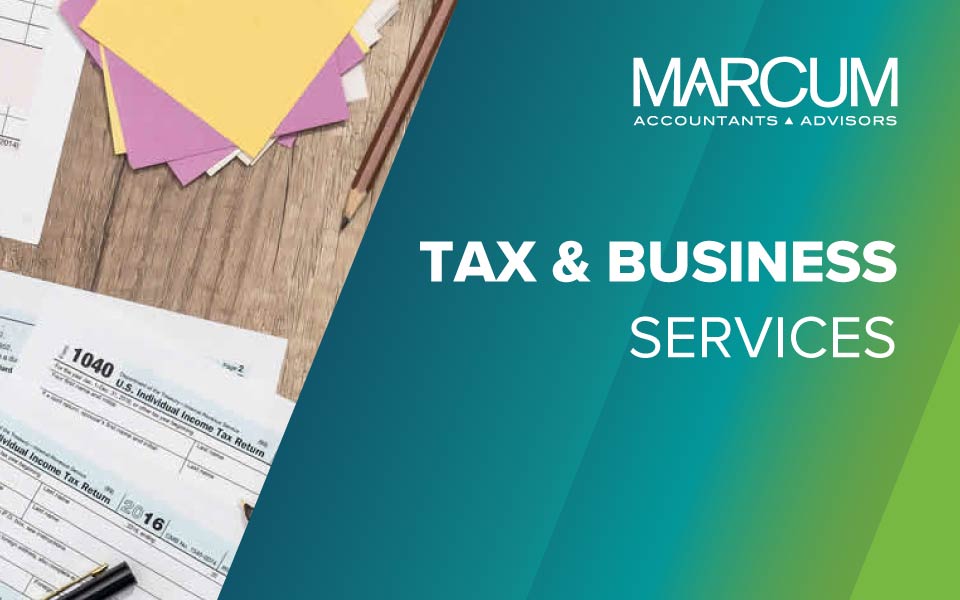The President's Framework for Tax Reform
During the end of February, 2012, President Obama released a Framework for Tax Reform that would lower the corporate tax rate to 28% and introduce tax incentives to specific areas of the economy.
Some of the highlights of his plan include:
- Reduced Corporate Tax Rate
- Manufacturing Incentives
- Elimination of Many Business Tax Expenditures
- Clean Energy Provisions
- Minimum Tax on Overseas Profits
- New Incentive to Return Work to U.S.
- Small Business Simplification
This Framework is basically a proposal, which is drafted in very general terms and without any legislative language. It is key that the new proposed reforms will not add to the deficit.
The most significant provision is a reduction in the top U.S. corporate tax rate to 28%. The rate cut would be funded by repealing many business tax preferences and tax extenders.
Manufacturers hold a favored place within the President’s proposal, due to their important role in job creation. By extending and increasing Section 199, the Domestic Activity Production Deduction, the top corporate rate would be lowered to 25%. (The plan also proposes an even higher rate reduction for “advanced manufacturing,” without specifying what constitutes advanced manufacturing or what the rate would be.)
Unless there is a significant change in the treatment of high net worth individuals, rates this low would make a corporation the preferred tax entity.
In exchange for the lower rates, businesses would give up many preference items such as:
- Last-in, first-out (LIFO) method of accounting
- Changing the tax treatment of many insurance products
- Oil- and gas-related tax incentives
- Changing current depreciation schedules
- Limiting deductions for interest
- Creating parity between the tax treatment of pass-throughs and C corporations
- Taxing carried interest in a partnership as ordinary income
- Eliminating five-year depreciation for noncommercial aircraft
Certain provisions, which are not repealed, would be made permanent such as the Alternative Simplified Research Credit, which would be increased to 17%.
Other provisions which may be extended and made permanent might include:
- 15-Year Recovery for Qualified Leasehold Improvements, Qualified Restaurant Property and Qualified Retail Improvements
- Seven-Year Recovery Period For Motorsports Entertainment Complexes
- Indian Employment Credit
- Accelerated Depreciation for Business Property on Indian Reservations
- Special Expensing Rules for Certain Film and Television Productions
- Election to Expense Advanced Mine Safety Equipment
- Expensing of Brownfield Environmental Remediation Costs
- Employer Wage Credit for Activated Military Reservists
- Railroad Track Maintenance Credit
- Mine Rescue Team Training Tax Credit
- Basis Adjustment to Stock of S Corporations Making Charitable Contributions
- Enhanced Deduction for Corporate Charitable Contributions of Book Inventories
- Enhanced Deduction for Corporate Charitable Contributions of Computers
- Certain Empowerment Zone Tax Benefits
- Certain District of Columbia Enterprise Zone Tax Incentives
The other incentives specifically identified in the plan related to smaller businesses include proposals to:
- Increase the Section 179 expensing limit to $1 million
- Allow businesses with up to $10 million gross receipts to use cash accounting
- Double the start-up expensing limit from $5,000 to $10,000
- Expand the health insurance tax credit for small businesses
The Framework would use the Tax Code to encourage investment in clean energy projects by increasing certain renewable energy credits and making them refundable.
On the international side, the President proposes international provisions from his budget, which would limit interest deductions attributable to foreign source income until the income is repatriated, tax “excess profits” associated with the shifting of intangibles to “low tax jurisdictions,” deny deductions for the costs of moving operations overseas and provide a 20 percent credit for the costs of moving operations to the United States, and impose a minimum tax on overseas profits.
The Framework describes several options that the administration proposes for consideration within the context of overall business tax reform and is not close to including these concepts in a legislative format.
This Tax Flash was written to inform the reader of the many provisions within the recently released Treasury Document. Should you have any questions on the President’s plan, please contact your Marcum Tax Professional.



















